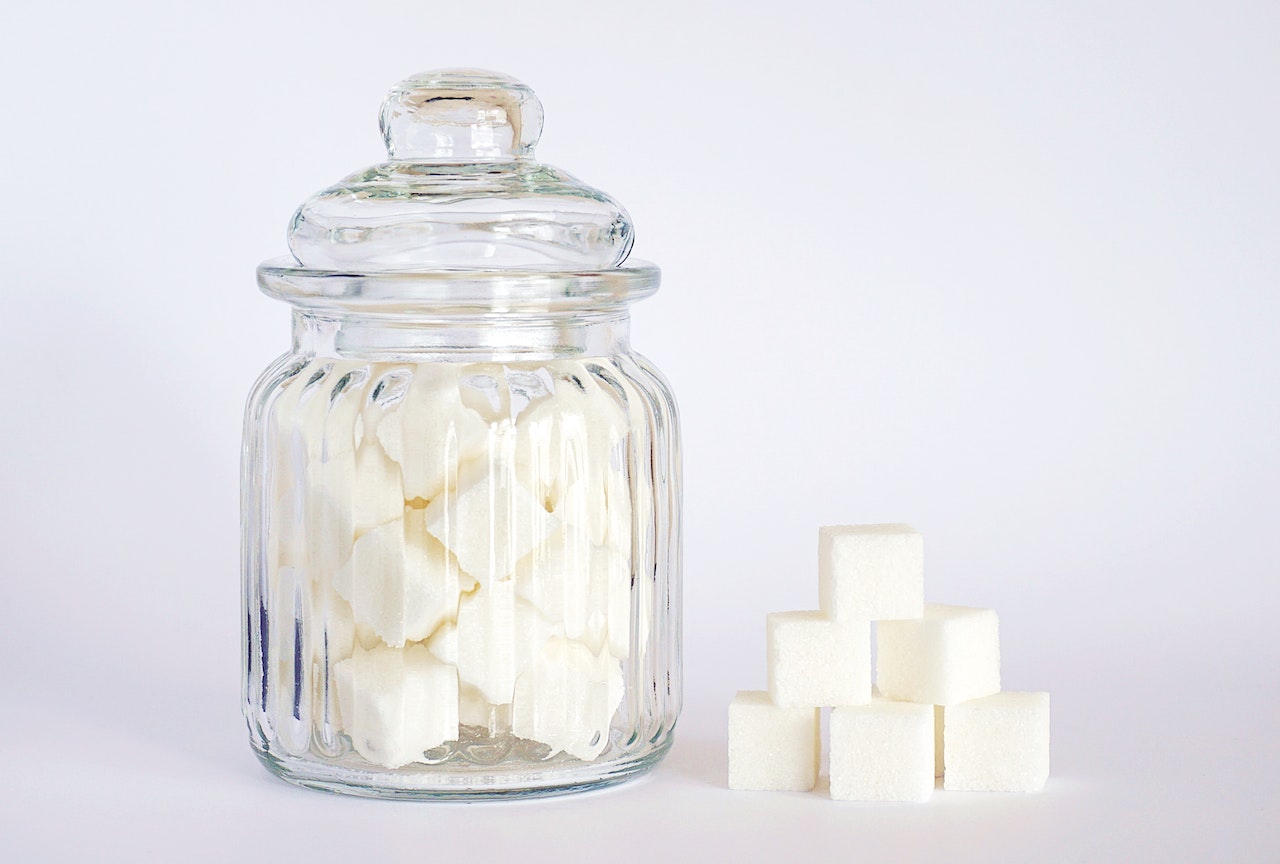Stats on the sugar reduction strategy's failure highlight the need for new taxes, say advocates.

The government’s shot to achieve a 20% reduction in sugar across crucial areas contributing to nonage rotundity has ended in a spectacular failure. The Office for Health Improvement and difference moment still released the final report on the programme, further than a time later than promised. The report shows that the assiduity achieved just 0,5% reduction in deals ladened average total sugar per 100g in products vended between the birth time for the programme in 2015 and 2020.
The scheme, which was a flagship part of the government’s rotundity strategy, was launched under the now disbanded Public Health England and set out to achieve a 20% reduction in sugar across the orders in that period. Rather, moment’s report shows there was a 7.1 percent increase in the tonnes of sugar vended from the product orders included in the programme between the birth and time four. This included 26.9% increase in the tonnes of sugar vended in chocolate confectionery and 24.5% for sweet spreads and gravies.
Just three orders – yogurts and fromage frais (down 18.4%), breakfast cereals (down 11.3%) and puddings (down 7.5%) – aphorism falls in sugar over the period, with overall an 8.1 percent increase in total volume deals from 2015 to 2020 for the orders included in the programme. Health contenders seized on the results as evidence that the voluntary approach had been “ a disaster ”. They called for ministers to bring in new levies on other products, including confectionery, on top of the soft drinks sugar tax introduced in 2018. The moment's report showed that for soft drinks covered by the tax, the change in deals ladened average sugar was down 46% from 2015. Diminishments were analogous across all socio-profitable groups. It also set up the total sugar bought per ménage from drinks subject to the Soft Drinks Industry Levy had dropped across all socio- profitable groups, with the largest reduction in people on long- term state benefits, casual and smallest grade workers, jobless with state benefits only, at 38.4%.

Yet overall, the deals of drinks subject to the SDIL increased from 2015 to 2020 by around,000 liters (21.3%). Deals dropped by over five-fold for drinks with 5g- 8g of sugar per 100 ml and further than halved for drinks with over 8g of sugar per 100 ml. The report claimed some of the increases in sugar being consumed may have been caused by families grazing up on sweet treats during lockdown.

“ Some of the increases in deals will be affected by the first six months of the Covid- 19 epidemic performing in further food and drink being bought for consumption in the home.“ This was incompletely due to some original stockpiling and seminaries, workplaces and utmost businesses in the eschewal of the home sector either ending or operating through delivery.” Still, the sugar reduction strategy was indeed less successful when it came to the eschewal- of- home sector, achieving just a 0.2% reduction in the simple average total sugar per 100g in products vended between its birth of 2017 and 2020. “ A voluntary approach has been shown not to be suitable to deliver the required position of progress to make any significant and continuing change," said rotundity Health Alliance director Katharine Jenner. “Rather, inordinate and gratuitous quantities of dangerous sugars are added to food and drink products, which should and must be reduced if we want to ameliorate the nation’s health. “We hope assignments have been learned from this vital monitoring of food assiduity exertion from the Office of Health Improvement & difference and that ministers now completely understand that inadequate progress has been made and that indispensable regulators are demanded.
“Substantiation suggests that the SDIL has been an enormous success – reducing sugar input indeed for people on lower inflows without leading to a decline in deals. The government must now explore ways of expanding this model in order to fix the broken food terrain and make the healthy option the easiest and most affordable option for everyone. Action on Sugar and Salt president Professor Graham MacGregor said “Whilst this new report shows that the food assiduity is able of reducing sugar situations in food with good progress in breakfast cereals and yogurts, it makes it abundantly clear that a voluntary reformulation approach simply doesn't work. "
“The UK faces an rotundity extremity and one of the top plans outlined by the Department of Health and Public Health England was to attack this by reducing sugar in food products by 20 by 2020 across the main food orders. Not unexpectedly the plan was a menial failure due to a lack of enforcement.” Children's Food Campaign match Barbara Crowther, said “Although delayed, we're pleased to see this final report, as it provides monstrously important insight on how the assiduity is performing on sugar reduction. What it veritably easily shows is that reformulation is possible, but that the pace of change under a voluntary scheme will remain slow and uneven – just 3.5% overall against a target of 20%.
“What’s also clear is that taking an obligatory approach combined with fiscal business impulses that award healthier food products and penalize less healthy particulars is much further transformational. This is shown by the 46% overall reduction achieved by the Soft Drinks Industry Levy. This includes a dramatic fall in deals of high sugar drinks and switch of purchases to low and no sugar options, and a fall in ménage consumption across all socio- profitable groups. “ It’s veritably worrying to see how important overall volumes of sugar vended via confectionary, biscuits, puddings and galettes rose in the final time. A voluntary programme is easily not sufficient to shift the dial on sugar consumption – we need obligatory programmes alongside other nonsupervisory measures on marketing and creation to deliver the change we need.”

FDF principal scientific officer Kate Halliwell said “The numbers released in the sugar reduction report punctuate the significant progress assiduity is making but the 20% reduction target set by the government has in no way been realistic. There are certain products that remain grueling for manufacturers to reformulate and reduce the sugar content while keeping the flavor guests know and love.“ Our companies spend considerable time and plutocracy on reformulation and are proud they've reduced sugar by 12% in the average shopping handbasket compared to 2017. We'd encourage the government to work hand in hand with assiduity to make this work, rather than setting arbitrary targets.





























